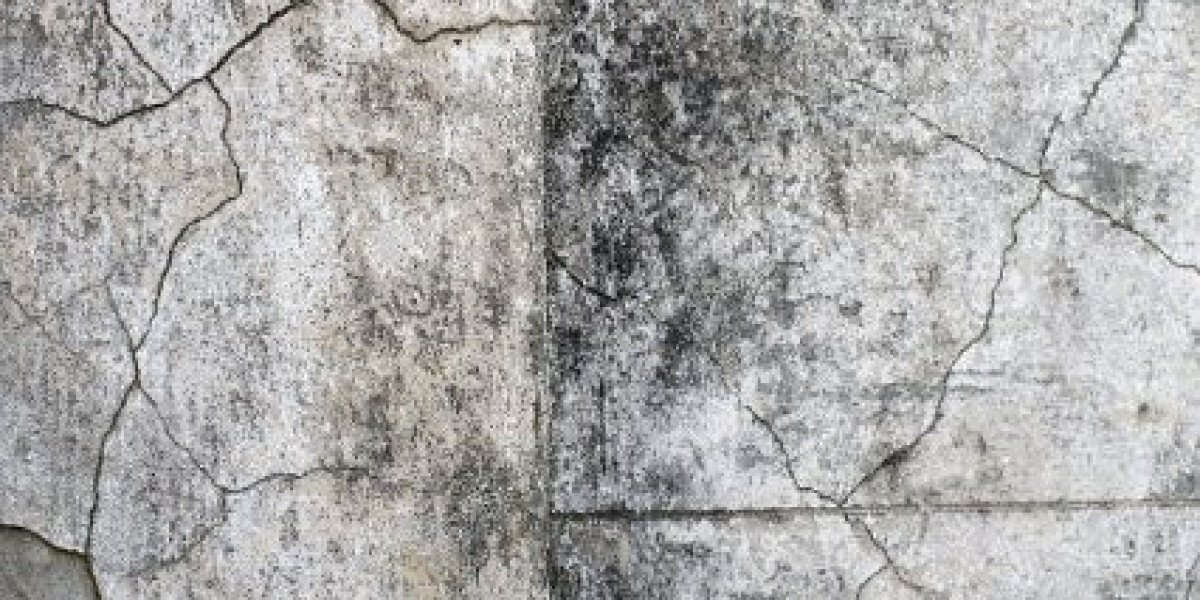In contemporary clothing design, a thin internal layer can make the difference between garments that last and those that disappoint; skilled teams strategically use Interlining to preserve shape, control drape, and protect seams from premature wear. When that layer is specified and applied with intention, the finished piece presents clearer lines, improved comfort, and a longer useful life for the consumer.
Why Internal Structure Matters
A garment’s appearance and longevity rely on how internal components respond during wear, laundering, and pressing. Reinforcement placed in high-stress zones prevents distortion, keeps facings flat, and supports edge definition. Designers who think three-dimensionally consider how the internal architecture works with outer textiles to maintain the intended silhouette across seasons.
Material Pairing: Function Over Fad
Choosing a substrate should focus on end use rather than trends. Breathable natural fibres excel in warm-weather garments, while engineered synthetics provide strength and dimensional stability for structured pieces. Blends often deliver a balanced hand and consistent performance, but compatibility with the outer fabric and care regimen is essential. Trial samples under realistic conditions reveal whether a pairing will perform or fail.
Bonding And Attachment: Methods Compared
Different attachment techniques suit different designs and factories. Heat-activated bonds reduce assembly time and improve repeatability when equipment is well-calibrated; however, they require precise control to avoid spotting or stiffness. Sew-in options offer reversibility and are preferred for ultra-delicate or high-end tailoring, though they add labor and may affect seam bulk. Choosing the right approach balances garment function, production capacity, and cost.
Testing Regimes That Predict Longevity
Laboratory metrics are necessary but insufficient without simulated consumer use. Comprehensive protocols include repeated laundering cycles, thermal exposure, abrasion testing, and pressing trials. These tests surface issues like delamination, stiffness increase, and dye migration before full production. Correlating lab results with wear trials helps refine specifications and minimize returns.
Patterning And Placement Strategies
Local reinforcement preserves overall flexibility while delivering structure where needed. Instead of applying uniform support across an entire panel, concentrate resources at collars, plackets, waistbands, and pocket openings. This selective approach maintains ergonomic comfort, reduces material costs, and simplifies alterations or repairs when required.
Process Controls And Operator Expertise
Consistency depends on documented parameters and skilled operators. Maintain logs for pressing temperatures, dwell times, adhesive coating weights, and machine calibrations. Train technicians to recognize subtle signs of variation — a slight texture change or a faint mark can indicate equipment drift. Routine audits of incoming lots prevent variability from propagating through production runs.
Sustainability Considerations In Material Choice
Environmental impact is increasingly central to specification decisions. Recycled substrates, lower-temperature bonding chemistries, and water-based adhesives reduce lifecycle footprints. Designing for repairability and disassembly extends garment life and supports circularity. Brands aligning product decisions with transparent sourcing and end-of-life planning meet rising consumer and regulatory expectations.
Small-Scale And Bespoke Applications
Independent designers and ateliers benefit from solutions that prioritize adjustability and longevity. Removable or sew-in supports enable future alterations and repairs, which extend the garment’s usable life. Detailed process records for each commission ensure that reproductions match client expectations and that restorations use compatible materials and methods.
Modern Production: Interlining-Factory Techniques
Advanced coating uniformity, digital temperature controls, and automated adhesive application systems now improve first-pass yields. Integrating such technologies into production reduces rework and supports consistent visual and tactile results. When factories combine precise machinery with operator training, the margin for error narrows and scale-up becomes predictable.
Implementation Checklist For Teams
Begin with a clear spec sheet defining desired hand, thickness, and attachment method. Produce a pilot run and test under simulated consumer conditions. Communicate changes to suppliers and quality control; maintain a feedback loop to turn returns into specifications improvements. These steps reduce waste, protect brand reputation, and deliver better garments.
Conclusion: A Thin Layer With Big Returns
A carefully chosen and correctly applied internal support layer elevates garment performance, enhances wearer satisfaction, and reduces costly returns. By focusing on targeted placement, verified testing, and sustainable choices, manufacturers create clothing that endures both in appearance and use. For more technical resources and in-depth guidance, visit https://www.interlining-factory.com/news/what-is-interlining-types-applications-and-more.html








